It would be a little easier to show graphically, but everytime you call fork() you have another process continue through the same code. So:
Process 1 (original process): prints 1, then creates Process 2, prints 2, then creates Process 3 but doesn't return 0, and prints 5.
Process 2: prints 2, then creates Process 4 but doesn't return 0, and prints 5.
Process 3: prints 3, then creates Process 5, prints 4, prints 5
Process 4: prints 3, then creates Process 6, prints 4, prints 5
Process 5: prints 4, prints 5
Process 6: prints 4, prints 5
But they are all happening in similar time so that why you get all those numbers.
Hope that helps. First time answering!
